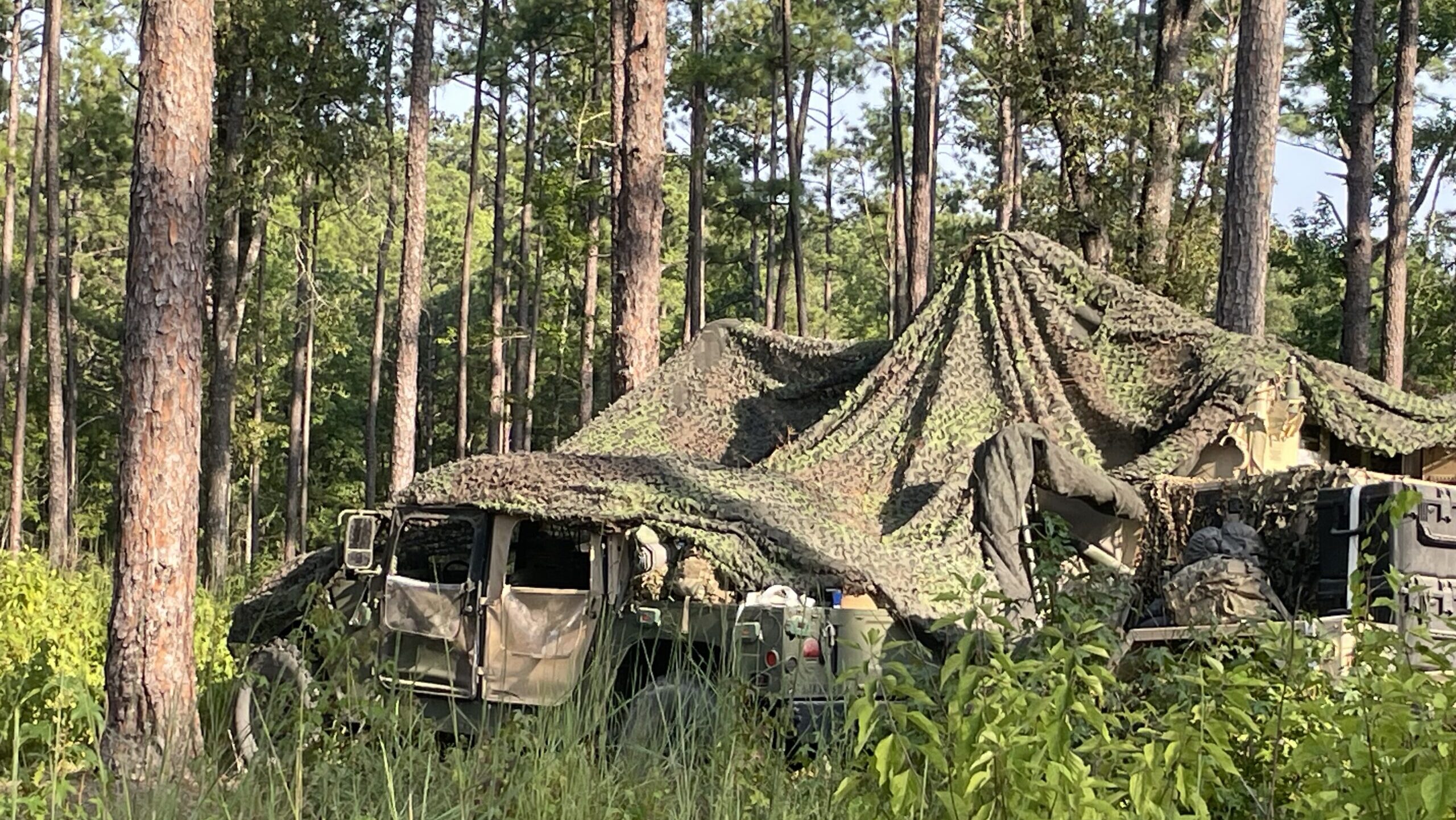Notional Graphic of Resilient MW/MT MEO Epoch 1 Space Vehicles (Millennium Space Systems)
WASHINGTON — The Space Warfighting Analysis Center (SWAC) is now studying how to shape a next-generation, multi-orbit architecture for missile warning/missile tracking — including how to meet the requirements for a modernized, survivable for nuclear command, control and communications (NC3) capability, according to a senior Space Force acquisition officer.
In response to a question about current lack of plans for radiation hardening of the missile warning/tracking constellations being developed by Space Systems Command (SSC) and the Space Development Agency (SDA), Col. Robert Davis, program executive officer for SSC’s Space Sensing Directorate, told the Mitchell Institute today that the SWAC study might affect how follow-on satellites are designed.
“With the agile approach of our development, we will look at the outcomes of that study, and they may affect futures epochs, or potentially future tranches of the both SDA’s work and our work to make sure we’re meeting that full requirements set for the nation,” he said.
Epoch is the term of art used by SSC for each set of upgraded satellites being developed for stationing in medium Earth orbit under its Resilient Missile Warning-Tracking — MEO program. SSC copied the spiral development model from SDA, which pioneered the use of what it calls “tranches” of incrementally more capable satellites lofted every two years to populate its communications and missile tracking constellations in low Earth orbit (LEO).
Davis didn’t provide details about when the SWAC study would be completed, or what options for NC3 protection are being considered. But a key issue is that radiation hardening means an increase in both size and cost of the small satellite designs currently being planned for fielding over through at least 2030 — and SSC’s MEO and SDA’s LEO constellations each will require many satellites to provide global 24/7 coverage.
By contrast, the six, very large Space-Based Infrared System (SBIRS) missile warning satellites now operating in geosynchronous Earth orbit are radiation hardened, as will be their replacement Next Generation Overhead Persistent Infrared System (Next-Gen OPIR) birds slated to begin launch in late 2025 or early 2026. That said, the Space Force currently has no plans for a follow-on to Next-Gen OPIR.
In the meantime, Davis said that SSC is “about ready to go out with our release” of a request for proposal for Epoch 2 of the constellation — to be made up of some 18 satellites, with contract awards slated for sometime in 2025 and launch a few years later.
SSC in 2022 initiated the effort to operate satellites in MEO, which lies between the upper edge of low Earth orbit at 2,000 kilometers above the Earth and geosynchronous Earth orbit at some 36,000 kilometers. Raytheon Intelligence & Space (now RTX) and Boeing’s Millennium Space Systems were contracted in January 2023 to build the first set of Epoch 1 prototypes. In June 2023, SSC awarded a $29 million sensor payload design contract to L3Harris Technologies, positioning the company as the third vendor and bringing the planned Epoch 1 constellation to 18 satellites total.
However, SSC in June terminated RTX’s contract for three satellites due to cost overruns and what it said were design flaws. While SSC has said that the move should not affect plans to launch satellites from the other two vendors in late 2026 or early 2027, Davis said SSC is still working out how to make up for the three lost RTX birds.
SSC is “currently evaluating different options to consider to how to utilize those resources we had previously planned to spend on the development of the [RTX satellites]. And certainly we’re looking at how do we make sure that we continue the pace of the program and get that initial warfighting capability, which is that missile tracking capability the nation doesn’t have today, how do we get that out there as quickly as possible?” he said.











